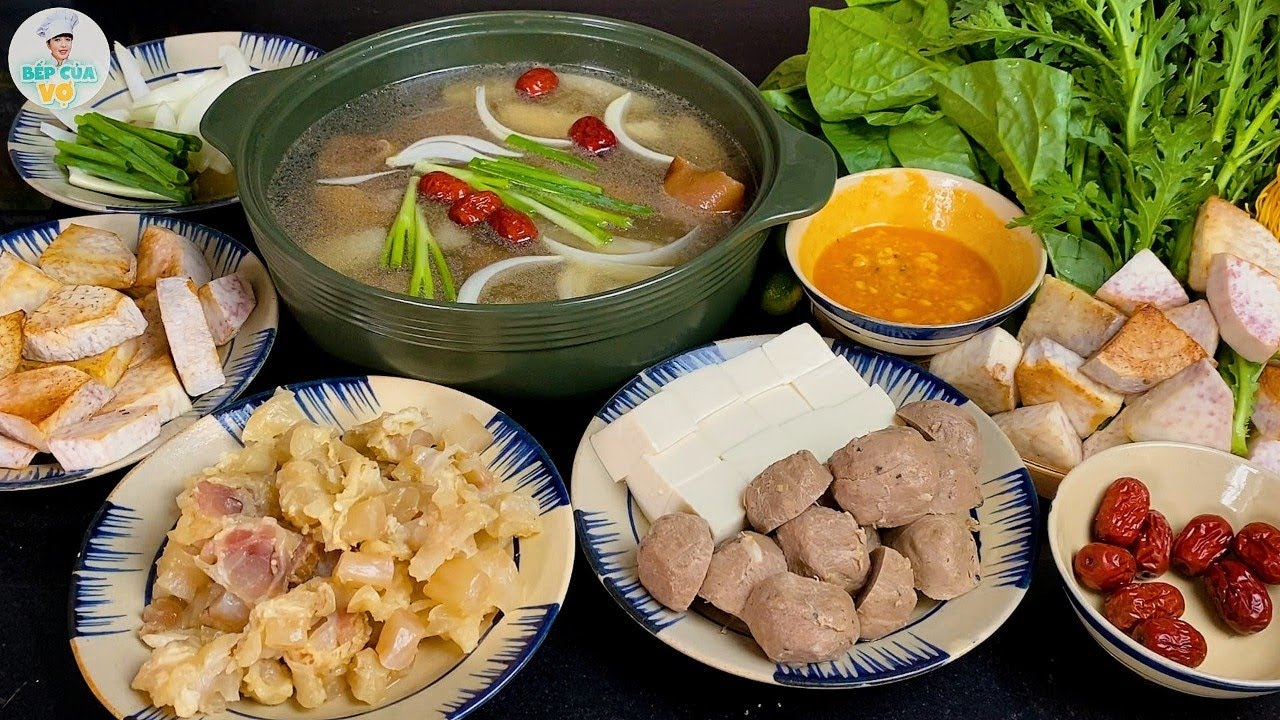No products in the cart.
Công Thức Nấu Gyusuji (gân Bò) Kiểu Nhật, Nguyên Liệu Gyusuji, hay còn gọi là gân bò, là một món ăn phổ biến trong ẩm thực Nhật Bản. Được biết đến với vị ngọt đậm đà, dai giòn, gyusuji là một món ăn ngon miệng, bổ dưỡng. Nếu bạn đang muốn tìm kiếm một công […]

